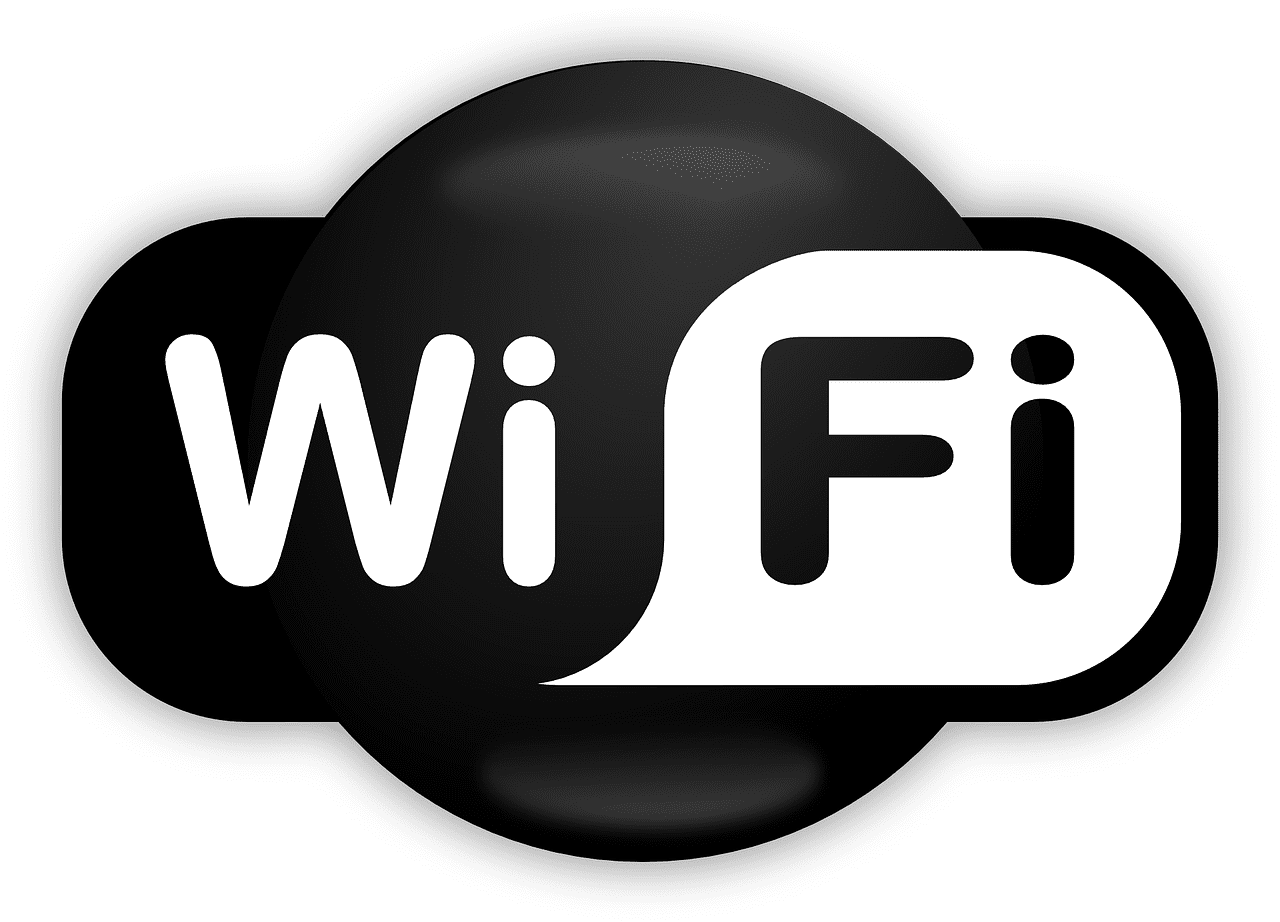Wireless internet service makes it possible to keep up on emails, video chat with friends, and stream your favorite music and videos without being tied down to your provider with a cable or wire. When talking about internet access, the terms wireless internet and WiFi are frequently used. Often, these terms are used in ways that seem to mean the same thing. While they are similar, there are some key differences between WiFi and wireless internet that are important for web surfers to understand.
What is Wireless Internet?
Internet service providers act as a kind of middleman between you and the other devices that make up the World Wide Web. The process begins at the service provider’s headquarters, where servers stand ready to send and receive instructions from their subscribers.
A modem installed in the subscriber’s home connects their devices to the provider. The modem contains a receiver that collects incoming signals and sends them to the connected device. It also contains a transmitter. When a user inputs a web address, the transmitter sends this information to the provider’s servers, which then locates and returns the requested information through the receiver.
There are a number of different ways to connect to the internet. However, all of these services fall into two main categories; wired or wireless. Wired services use a physical, hardline connection to carry signals between the subscriber and the provider. With these services, the modem is attached to a wire or cable that runs from the provider’s equipment and into the subscriber’s home. DSL, which uses telephone lines to carry service signals, is an example of a wired service. Typically, modems for wired services only allow one device to connect at a time. Additional equipment is needed to share the signal with other devices.
Wireless internet, on the other hand, uses radio waves to carry information back and forth through the air. Wireless modems generally don’t need anything more than a power source and an active service subscription to start sending and receiving the provider’s signals. Instead of traveling through cables or wires, wireless providers use orbiting satellites or cellular towers to direct signals to the right locations. A wireless modem in your home creates a local area network (LAN). With the right password, any wireless internet-capable device can connect to the LAN and share the incoming signal.
What is WiFi?
As the popularity of mobile devices continues to increase, the demand for easy-to-access internet service expands as well. However, the need for a physical link to the provider makes traditional service options less than ideal.
WiFi technology is the solution to this problem. While WiFi doesn’t actually provide internet service, it does allow devices to use internet access points without being wired directly to the service.
In simple terms, WiFi is the technology that makes wireless internet work. WiFi-capable devices are built with radio transmitters and receivers that allow them to pick up signals as they travel through the air. A chip is embedded in these devices that automatically translate radio signals into digital code that can be used by the device to display your requested content. In the presence of a wireless internet connection, WiFi-capable devices can share a single access point to their internet service.
WiFi is primarily a communications protocol. That means devices that are built with this technology can communicate with each other, even without an active internet connection. In large office buildings, WiFi-capable printers let workers send documents to the same printer with no cords or antennas.
With the addition of a wireless router, almost any internet connection can support WiFi. The router takes the incoming signal from the modem and converts it into radio waves. This creates a wireless local area network (WLAN). Smartphones, tablets, smart TVs, and other wireless internet-capable devices within the WLAN’s coverage area can then use the service to access the World Wide Web. The high-frequency waves WiFi technology uses allows multiple devices to share a single access point without experiencing connection issues.
Is Your Wireless Internet WiFi-Capable?
Wireless internet and WiFi are clearly not the same thing. Wireless internet is a method of communication between multiple devices that make it possible to share files across the Web without a physical connection to the service provider’s signal. WiFi is the mechanism that allows devices to communicate with each other. You can have an extensive collection of WiFi-connected devices in your home and successfully send and receive information between them. However, without an active internet connection, you won’t be able to connect those devices to anything outside of your WLAN.
Both of these technologies allow internet users to access digital information. Using them together allows internet users to share their internet connections without the need for additional equipment or services.


